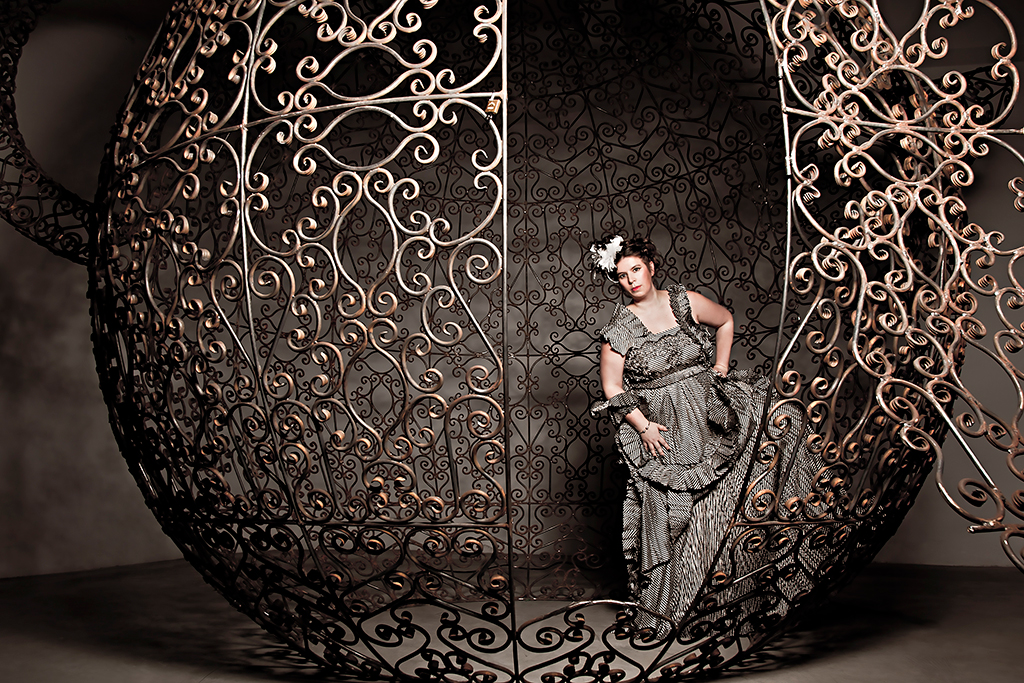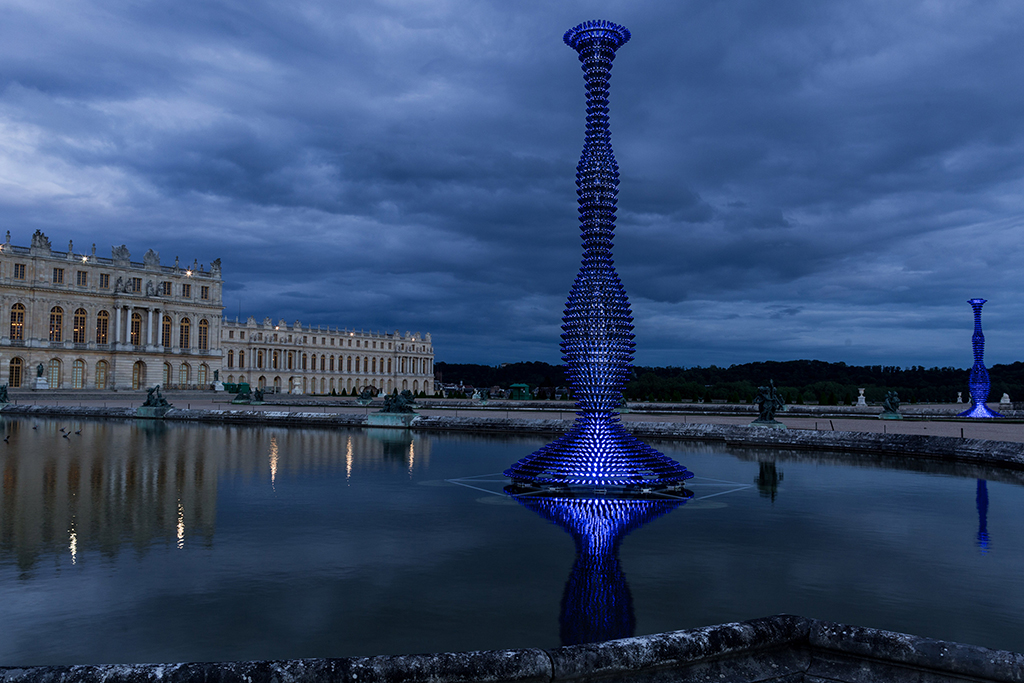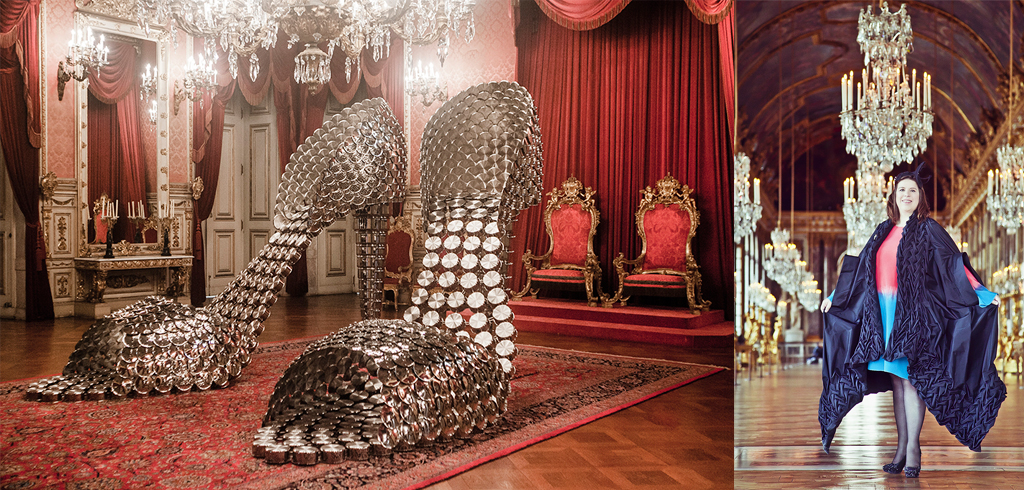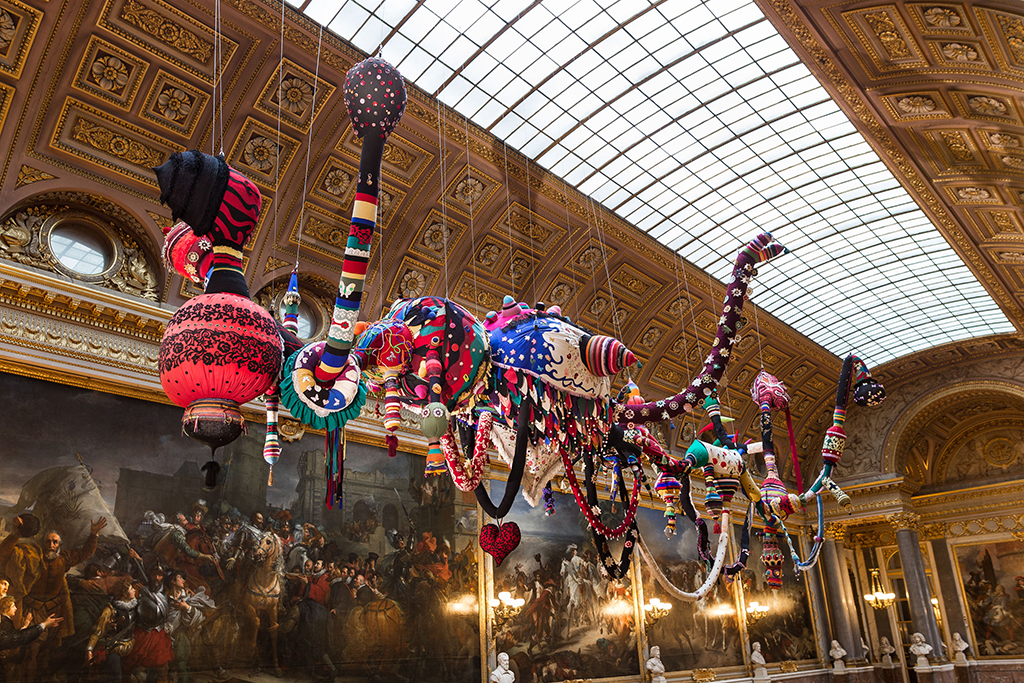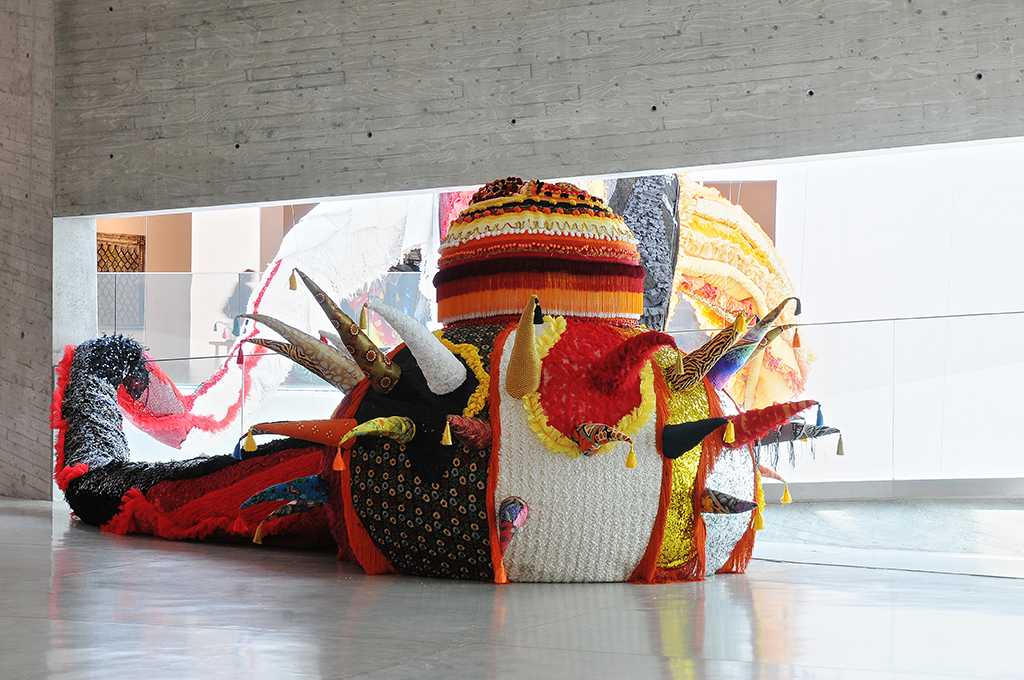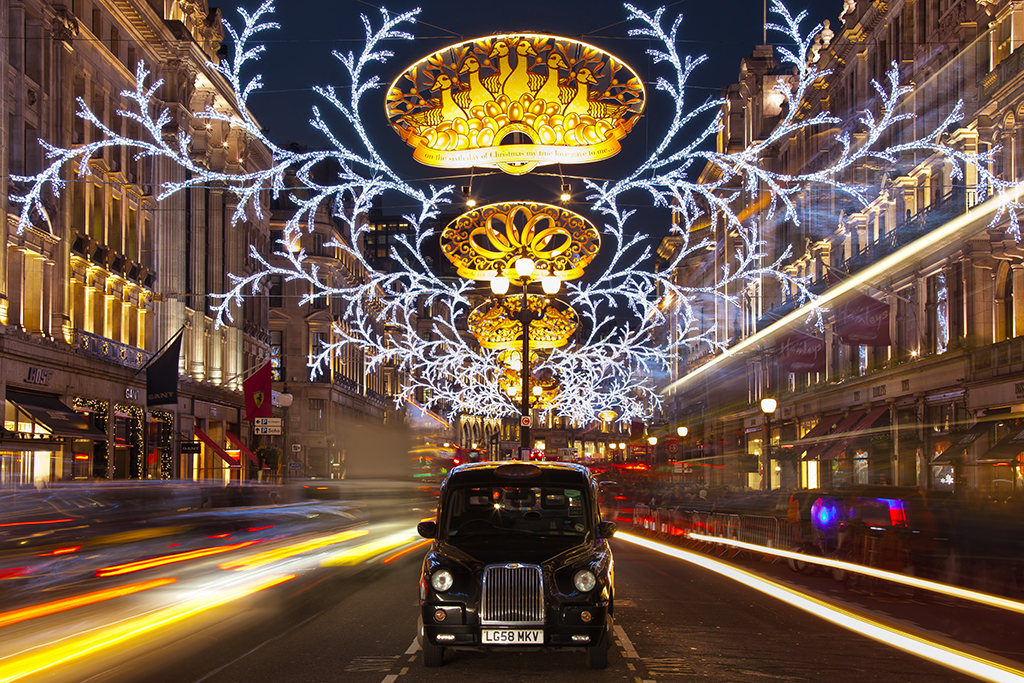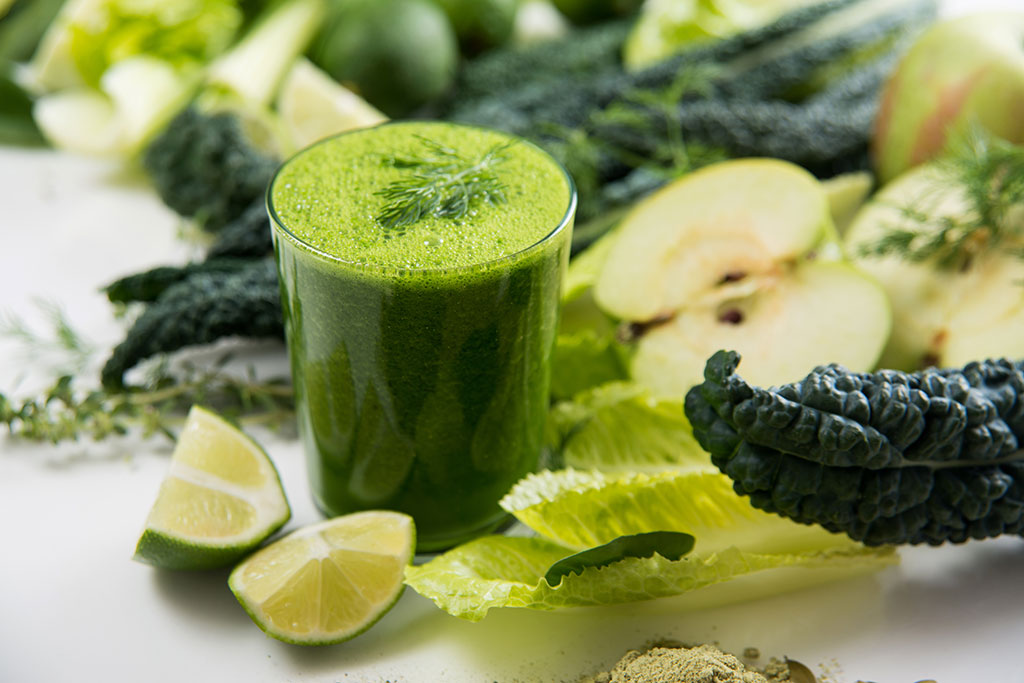
Detox to Retox
febrero 16, 2014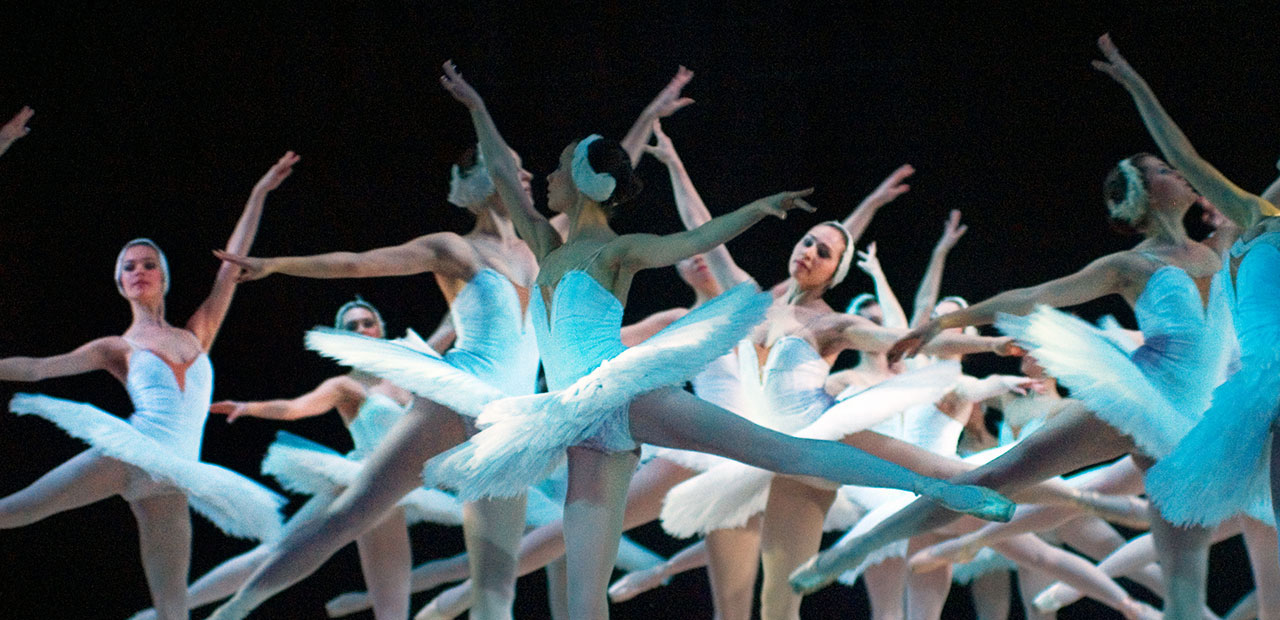
Winter of Discontent Tchaikovsky’s take.
febrero 17, 2014The art world has many stand-out members but none more so than the fiercely Portuguese artist Joana Vasconcelos, whose ardent espousal of modern technology combined with a lyrical attachment to the spirit of adventure of the great sixteenth century Portuguese trailblazers make her a fascinating and challenging model for the new millennium. Dantemag went to find out more.
I am reminded while starting to write about my conversation with Joana Vasconcelos and the sometimes conflicting thoughts that exchange provoked, of the occasion when I was walking with a friend in early October in Lisbon. It was one of those fortunately frequent days when it seems summer is robbing autumn and we were taking our time on our way to the opening of an exhibition in what had been a harbourside warehouse and was now a gallery. We were taking forever to get there, having stopped first at a second-hand watch seller and repairer, who regaled us with some anecdotes about Fernando Pessoa and the offices where he used to – in his words – ‘shift around papers’, and stories about ancient politicians.
This friend, once we started off again towards the exhibition, remarked how he missed a time when people were able to enjoy the city in a somewhat more humane way. When nearly “everyone” knew nearly “everyone” else. He went on to say that, mutatis mutandis, the same could be said for almost every large city. However, I countered, and he agreed with me, by saying I was sure that was only true for a minority of people, most of them already born into privilege. But alas what about the others?
It is perhaps a fitting tribute to this dichotomy of modern life, no matter how reluctantly we embrace it or not, to be able to talk to an artist who hasn’t just exhibited at the Palace of Versailles and its Gardens but has appeared to have literally taken them by storm. By the way, Joana Vasconcelos seems not only to embrace but to thrive on and relish how art has leapt on and wrapped itself in technology and the financial economy. As she tells me once I finally enter her office after undergoing an extensive tour of her entire studio where I am introduced to dozens of architects, embroiderers, artisans, financiers, accountants, PR officers, “ Unlike Michelangelo’s mythically expanded studio, mine really exists!” She looks slightly demure in a black and red dress, wearing an irregularly shaped necklace – possibly one of her own designs. Her inquisitive eyes seem to encourage and entice the exchange that ensues.
In 1895 Charles Peguy wrote “The world has changed less since the time of Jesus Christ than it has in the last 35 years.” How true! Paul Valéry in his essay on the achievements of ubiquity , “Pièces sur l’Art”, further elaborates:
“ …the amazing growth of our techniques, the adaptability and precision they have attained, the ideas and habits they are creating, make it a certainty that profound changes are impending in the ancient craft of the Beautiful. In all the arts, there is a physical component which can no longer be considered or treated as it used to be before, which cannot remain unaffected by our modern knowledge and power (…) We must expect great innovations to transform the technique of the arts, thereby affecting artistic invention itself and perhaps even bringing about an amazing change in our very notion of art.”
The prophetic Walter Benjamin, in his essay on “The Work of Art in the Age of Mechanical Reproduction” expands on this. Departing from the quasi magical notion of the aura, Benjamin argues that, with the invention of Photography (coinciding with the rise of socialism), Art and her defenders – possibly perceiving an existentialist threat – quickly evolved to the proposition of ‘L’art pour l’art’ (‘Art for art’s sake’) as opposed to art as justified by a profane, or sacred function.
In spite of Joana’s enthusiastic adherence to what now appears to be a sacred union between the new technologies available to produce art and the métier itself, her vision of why she creates is from another time.
Fighting for her Art
When asked which one of her creations is her greatest achievement she sits up straight, with her ever so slightly frowning eyes, at once intense and alert, even though her face remains serene and she has no difficulty in identifying “The Bride”, an enormous – like most of her monumental sculptures – chandelier made out of tampons. Maybe together with another sculpture entitled “The Burka”, these have been the works that have perhaps provided so much hilarity for the fun-loving Joana. The latest incident happened exactly in Versailles when the Palace’s female director, refusing not only to see what these works looked like when assembled, did not even let them through the gates. Louis XVI seems to have been more obliging towards the Paris mobs of the late 1700s…
Versailles has been neither the latest nor the first of Joana’s successes. Nevertheless it retains for her, as I gather from the way she talks about it, a special flavour. She proudly indicates the rather long list of reasons why: Vasconcelos was the first woman to exhibit there; she is Portuguese, despite having been born in Paris in 1971 and she was the first artist to cover both the Palace and the Gardens. Moreover, the maybe more (for now) world-renowned names that preceded and followed her of Koons and Murakami did not attract the same number of visitors; in fact they did not come anywhere near the approximately 1.6 million Joana’s works received, which made it France’s most popular exhibition since the Treasures of Tutankhamun opened in the 1960s.
Portuguese and proud
One could say Joana’s Versailles may have been her ‘Rubicon-crossing’ moment. But she is the first to admit she would never have been able to get there without her previous 2011 participation in ‘The World Belongs to You’ exhibit in the Palazzo Grassi. The fallout, Joana adds, from both these invaluable moments led to her taking part in this year’s Venice Biennale with the sensation-provoking “Trafaria Praia”, an old ferry boat that used to cross the River Tagus linking central Lisbon and the southern suburbs.
The Trafaria Praia will soon start calling at several ports around the world, from Macau to Cartagena de las Indias, with stopovers in several other places including, one would hope, Lisbon.
According to Joana, while the Grassi and Versailles exhibits contributed to making her a better-known international
household name, it was her participation in the Venice Biennale that achieved her identitary or inherited identity which
she considers to be the most important feature as to how she
wants her public persona to be perceived as, namely her Portuguese nationality. As she says, fulfilling one of the Artists’ functions, “by interpreting the times and doing so on behalf
of the tribe”.
Joana declares that up until then, most French considered she was one of them whereas the international art community, mainly because of her use of explosions of colour, saw her as Brazilian, or Latin American. The “Trafaria Praia” swept away those two misconceptions.
The Versailles “Bridal” controversy, together with Joana’s general outlook, may be just down to how she thinks of herself: first and foremost as Portuguese, then secondly as a woman and then,
and only then, as an artist.
For Joana, identity is so much about personal choice and she makes that personal choice with such positive energy that one can’t help but be enthusiastically enamoured of her definition of what it is to be Portuguese and why, according to her, we need to feel connected to our own corners of the world, however small or large.
She couldn’t be more opposed to the definition put forward by Syèys, not more then a few months after the fall of the “Ancien Régime” in France, about what constitutes a nation: “A body of associates living under common laws and represented by the same legislative assembly”. On the contrary Joana seems to embrace the ideas of a “Volksgeist” as the Germans refer to the “spirit of the people”.
Vasconcelos would, I suspect, be more in tune with Fustel de Coulanges who, rather elegantly, maintains that “Neither race, nor language distinguishes one nation from the other. Men feel in their hearts that they belong to the same people when they share ideas, interests, affections, memories and hopes. (…) Our nation is the place we love.”
At a time when, in her words, “we are losing our sense of physical and political borders, the element of locality becomes more relevant. This spreading out – Joana symbolically waves her arms – as much a result of the globalisation of our economies and even of some of our customs and aspirations provokes an inverse reaction of contraction – Joana elegantly and appropriately pretends to hold a baby in her arms – whereby people and, especially artists, seek what emotionally, intellectually or at any other level, connects them to the place they are attached to or come from.”
Vasconcelos’s choice of what makes the Portuguese “geist”, like Susan Sonntag’s definition of what Art is (in “Against Interpretation”) certainly has the “capacity to make us nervous”. Joana chooses lyricism and adventure as the two
main traits of her nationality. One is what also makes the country so badly managed while the other is what, time and again, enables it to extricate itself out of messy situations.
She says that she shies away from the versions of the lyricism
of the perpetually nostalgic or depressed lovers of the saudade,
just as she avoids the meaning of adventure as an uncalculated
or irresponsible and unprepared leap.
She also rejects what the Salazar 48 year long Salazar rule inspired, namely a lack of self confidence and flattering portrayals of poverty, which a lot of our counterparts assimilated, as if they were
the very fabric of what makes a Portuguese Portuguese. Instead Joana opts for the lyricism that makes us see opportunities before others see them and the audacity to seek a way out and grow. Indeed, Joana lives and breathes the best of volkgeist of sixteenth century Portugal.
With the Trafaria Praia project she goes one step further in pinpointng what it is to be a Portuguese national: “a certain sense of authenticity, with regard to quality and design, to which we should encourage the adding of more style”. Products like fine bone china, cork, wine, olive oil, tinned preserves, cotton, shoes, or leather originating from all parts of the country soon filled the boat’s interior, while concerts and lectures took over the upper deck. “La Nave va”.
Aspects of this same audacity in Joana may help to explain, along with her work, why she is, as she points out with a whiff of self-vindication in her voice, one of the few non-UK based artist to take part in the Artwars project, currently on show at the Saatchi in London, where she decorated a stormtrooper’s helmet in her signature lace and at the same time putting, as we speak, the finishing touches to a “J’Adore Miss Dior” bottle-inspired sculpture for a Dior exhibition which opened the 25th of November at the Grand Palais, or why maybe more than half of her enormous studio was taken over by the preparation process to create a nearly 30 metre high Valkyrie, which was also delivered in November to the Tel Aviv Museum of Art.
As she puts it at the beginning of our conversation “we need to overcome the odds”.
The Dissection of Sensibility
The brilliance of the (jeweller by training) Joana, also comes, in my opinion, from what Sonntag in a lesser-known essay from 1965 designates as “One culture and the new sensibility”. This is nothing less than a “Shock of the New”, as Robert Hughes puts it referring to the late nineteenth century, which, one could argue, was epitomised, at its outset, by the Eiffel Tower and at its height by the Duchamp Fountain, as they symbolise the more or less harmonious, or the more or less conflict- ridden marriage between the literary-artistic and the scientific traditions
Going back to Sontag’s essay she asserts that art is increasingly becoming the terrain of “specialists” whose works sometimes require a comparable degree of “education of the sensibility” in order to be appreciated, for example mastering physics. She concludes that what the world was witnessing back then was what she hoped could be a “potentially unitary kind of sensibility”, which would be the result of not only the merging with the sciences but of the still new experience of fast travel, crowdedness and the nearness of the different, like in no other time previously, or as a result of the ensuing breaking down of boundaries in the act of creation.
A few years ago a Paris-based Portuguese philosopher, José Gil, wrote an essay entitled “Portugal and the Temptation to Exist”. Few, maybe even those that only read the polemic, remained indifferent. Vasconcelos seems to have a comparable effect both on those that know her work and on those that have only heard of some of her pieces. When asked if she feared becoming associated with the very “continental” idea of embodying the stereotype of a “regime artist ” i.e. one protected by a predictable flow of commissions and acquisitions, she pauses, amused at the idea, then says that not only is she one of the very few national artists with no gallery in her country, but she still has no sculptures in any of the country’s main public or private collections. She also points out she is working almost exclusively on international projects.
Combining Sonntag’s “new sensibility” with Vasconcelos’s voraciously historicist and yet scientifically constructed works that are sometimes comic and witty but at the same time disturbing, it is possible to arrive at this “one world”, where the diversity and plurality of our modern world become a unified whole. The effect on the viewer and any interloper is similar to zapping from channel to channel at home, namely an addictive appetite for more.
The Christmas
It is the festive season and in that same spirit, when asked how she views Christmas, Joana directs me to one of her most iconic pieces, “Nectar”. It is a ‘doppelgänger’ as not only is its title emblematic of, in her words, “healing, or curing and life renewal”, it can also be read as “wisdom, spiritual enlightenment and nourishment”. Both interpretations represent themes associated with this time of year. “Nectar” may also refer to the wine, the author adds, as the piece is created by using typical red wine bottles to sculpt a “candelabra” reminiscent of a Christmas table and the season’s most important moment, when the family gathers round to share a long meal that is “well watered” – a Portuguese literal translation of an expression clearly not involving the consuming of water!



